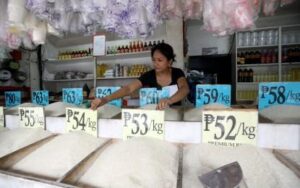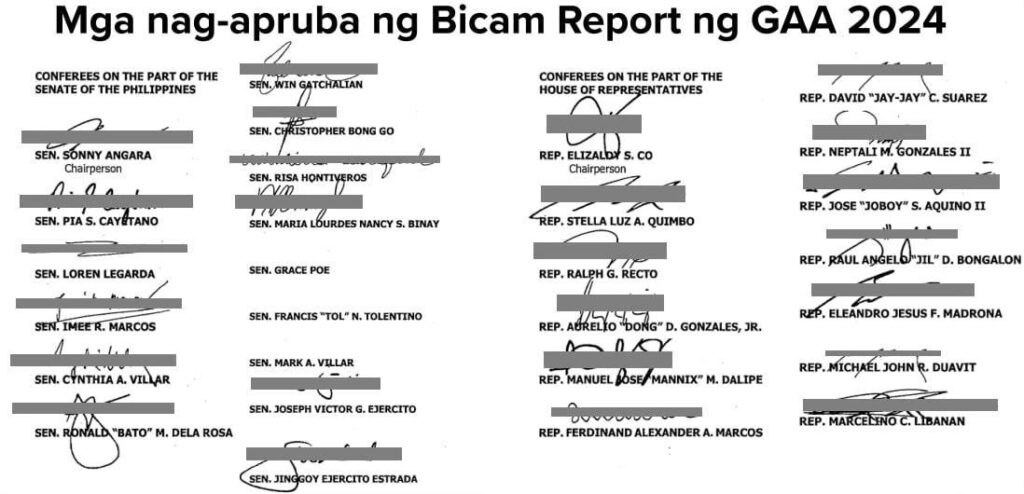By Diego Morra
Vietnamese rice exporters are raising Cain as the Philippines announced that it is freezing the importation of the staple for 60 days and traders have urged government to plead with the Marcos Jr. administration to lift the suspension, arguing that the Philippine market accounted for 46.7% of Vietnam’s total rice exports last year.
So significant are Philippine purchases that in the first seven months of 2025, the country imported 2.44 million metric tons (MMT) or 44.3% of Vietnam’s total rice exports until July 2025. These figures suggest that the Philippines is Vietnam’s main export market. Asked to comment on the complaint of Vietnamese rice exporters, a leading Filipino rice miller said “without the rice import suspension, Vietnam will have little but to use their excess grain as livestock feed.” It also indicates that the Philippines is purchasing low-quality grain that is destined to feed livestock for lack of a market. Annually, Vietnamese exporters look forward to September and October, when Filipino traders make big volume purchases.
Officially, the Vietnam Food Association (VFA) asked the trade ministry to challenge the suspension and argued that such freeze starting on September 1 would harm local production. “The Philippines is Vietnam’s largest rice export market and the suspension would have significant impacts on rice production in Vietnam,” a Vietnamese rice trader groused. Vietnam’s Ministry of Industry and Trade had no immediate comment on the matter. Rice traders in Ho Chi Minh City and in the Mekong Delta disclosed that the Philippines inked a memorandum of understanding (MOU) on rice trade with Vietnam earlier this year to ensure supply when flooding and typhoons strike.
“They are suspending rice imports this year to protect their farmers ahead of an expected bumper harvest,” a trader based in Ho Chi Minh City explained. In the second quarter of this year, Philippine rice production grew 13.9% from a year earlier, skyrocketing from the 0.3% growth in the first quarter. Vietnam traders said the export prices of their rice will surely be affected. Vietnam’s 5% broken rice RI-VNBKN5-P1 was offered at $395 on Tuesday, August 12, down by nearly 30% from a year earlier, according to VFA. “We fear that prices will fall further if there’s the suspension,” the second trader told Khanh Vu of Reuters.
Filipino farmers are also fuming at the unbridled rice importation policy pursued by the unlamented Rodrigo Duterte administration under Republic Act No. 11203 (RA 11203), also known as the Rice Liberalization Law (RLL.) Enacted on February 14, 2019, it caused widespread losses for farmers, worsened import dependence and destroyed food security, the Kilusang Magbubukid ng Pilipinas (KMP) told the House Committee on Agriculture and Food on August 20, 2025. KMP chairperson Danilo Ramos urged lawmakers to immediately repeal the law that has become a scourge to Filipino farmers and consumers alike.
Ramos argued that repealing RA 11203 is not only an economic necessity but is also a matter of national survival and explained that RLL worsened the country’s rice deficit, with the annual supply shortage rising from less than 7% to 23% under the Duterte regime. In fact, the production deficit in the past could be covered by domestic output since farmers do not harvest at the same time. The deficit worsened after former president Gloria Macapagal-Arroyo openly announced the country was importing 2.4 million metric tons (MMT) of rice and food riots erupted in Africa and Asia as rice price zoomed. It came at a time when the regime was also mulling the lease of 2.4 million hectares of land to Chinese corporations for food production to beef up China’s decreasing annual output.
RLL promised to deliver affordable rice for consumers, higher incomes for farmers, and a more stable food supply. Six years later, KMP argued, not a single promise was redeemed by RLL. Instead, the law has generated severe economic and social consequences that continue to affect millions of farmers and rice consumers. Ramos said RA 11203 or the RLL opened the floodgates to unregulated rice importation, resulting not in lower rice prices, but in the collapse of farmgate prices of palay. Farmers were forced to sell their harvest at prices far below production costs, leading to recurring losses each cropping season. “What fell was not the price of rice for consumers, but the price of palay for farmers. Every harvest season, Filipino farmers are pushed deeper into debt because they cannot even recover their capital,” KMP stressed. “Instead of strengthening local rice production, the law favored large rice importers and traders, creating a new rice cartel that now controls a significant portion of rice supply and distribution in the country. This has further entrenched dependence on imported rice and undermined the country’s capacity to achieve self-sufficiency,” Ramos maintained.
RLL also stripped the National Food Authority (NFA) of its crucial functions in rice importation, regulation, and price stabilization. Thus, government lost its most effective mechanism to shield farmers and consumers from market manipulation, supply shortages and price hikes. Proposals to “amend” or “strengthen” the NFA are band-aid solutions that fail to address the root of the crisis. “So long as RA 11203 remains in place, no amount of tinkering will solve the rice crisis. KMP endorsed House Bills 599 and 1020, which aim to repeal the RLL, reinstate the NFA’s regulatory and import-licensing powers, reestablish the price stabilization mechanism, and expand government support through palay procurement, production subsidies, crop insurance, irrigation rehabilitation and post-harvest facilities. It also sought deliberations on House Bill 578 or the Rice Industry Development Act (RIDA), which outlines a comprehensive program for sustainable rice production. RIDA proposes increased state investment in local rice production, stronger farmer support services, and mechanisms to ensure that Filipino consumers have access to safe, sufficient, and affordable rice.




